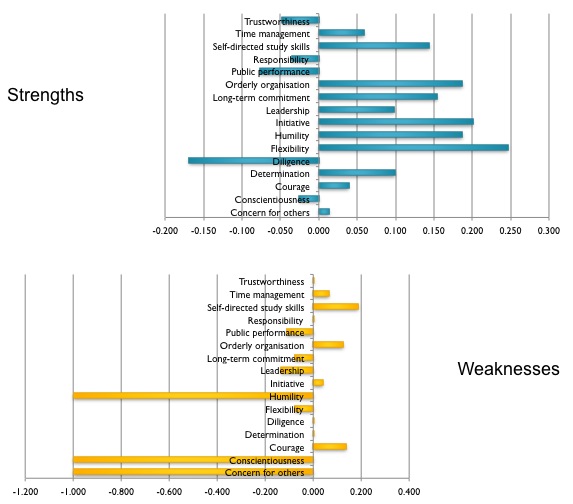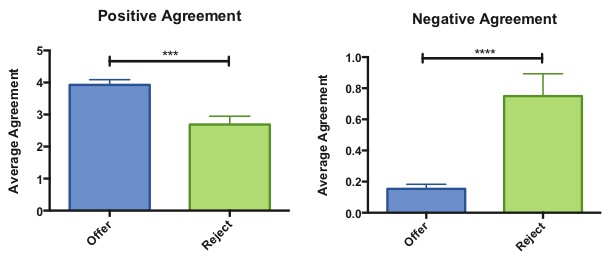


Theme
10JJ Selection for admission to Medicine
INSTITUTION
The University of Sheffield Medical School

The majority of students who enter medical school will become practising doctors. Therefore, medical schools have a social responsibility to select applicants that will go on to be safe practitioners who are worthy of the trust of the public.
Sheffield Medical School is moving towards character-based selection of applicants. A list of 12 characters, based on Peterson & Seligman’s ‘Character Strengths and Virtues’ was combined with 4 additional skills (time management, public performance, organisational skills, self-directed study skills).
Applicants invited to admissions interview were asked to complete a self-evaluation of their own personal characters from the list of 16 items. They selected the five characters or skills they felt best represented them and then ranked them as either "very superior", "above average" or "below average"; at least one of the five had to be ranked as "below average" .
The interview panel, comprising of a faculty member, a clinician and a senior student, conducted the interview along standard lines, but also assessed each applicant’s strengths and weaknesses, blinded to the applicant’s self-evaluation. Offers and rejections were recommended based on global impression and not on strengths and weaknesses directly.
Applicants' self-evaluations were compared to the evaluations by their respective interviewers and analysed to identify any correlations between specific strengths and weaknesses and the outcome of the interview.
Flexibility is the most significant character identified, having the strongest bearing on the likelihood of applicant selection.
Interviewers agree on positive characters and skills more in accepted applicants.

Figure 3. Relative risk of receiving an offer for each character or skill if it was selected as a strength or a weakness. n=248.

Figure 4. Comparison of inter-interviewer agreement on applicant characters between those who received and offer and those who were rejected. ***p<0.0005, ****p<0.0001, unpaired t-test, n=248.
The most significant personal quality identified was ‘flexibility’ which, as a strength is a positive indicator of interview success, whereas as a weakness it is predictive of rejection.
Selecting 'public performance' as a weakness was predictive of rejection, however, selecting it as a strength also has a negative predictive value.
Moreover, a strong impression of an applicant’s character at interview, evidenced by increased agreement between interviewers, appears to be associated with selection; agreement on strengths predicts applicant success, whereas agreement on weaknesses predicts rejection.
Sheffield Medical School Admissions Team - Charlotte Watson, Siobhan Marples, Matthew Livesey
 Send Email
Send Email